Developmental cost is usually higher because app is developed separately for different operating systems.

create well-designed, user-friendly and fast apps
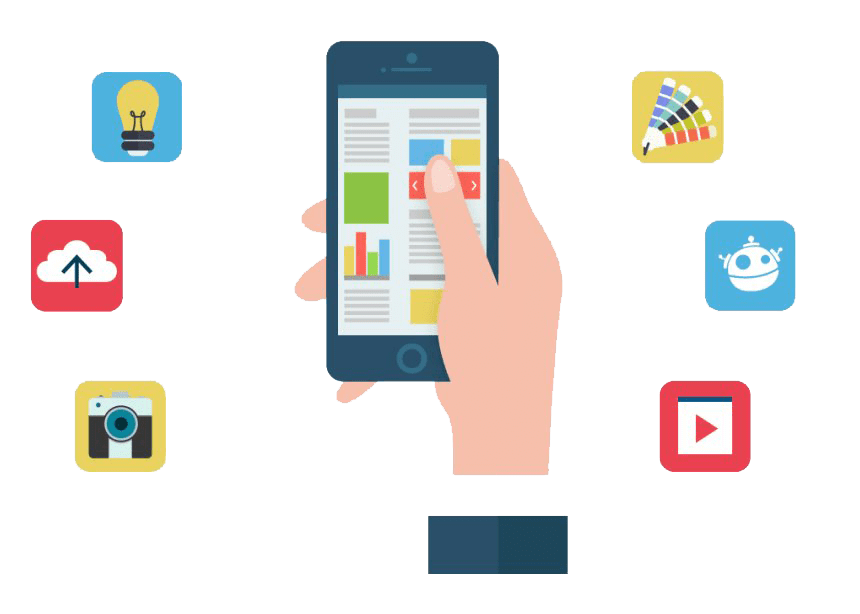
Apps are design that assist in many tasks, tasks that are time taking and energy consuming. An apps resolves such issues in no time saving one from dilemma.
An app stands for software application or any other program that runs on a desktop or any other device, to achieve aims more efficiently. Application development defines the process of how the application is develope, and generally follows a standard methodology.
Based on your needs we design apps that fit according to aptitude of your business. These apps not only help you manage goods but also assist in computations of results and easy accountability for goods. Thus, apps prove to be very beneficial for businesses. We ensure to provide you quality with our developed apps.
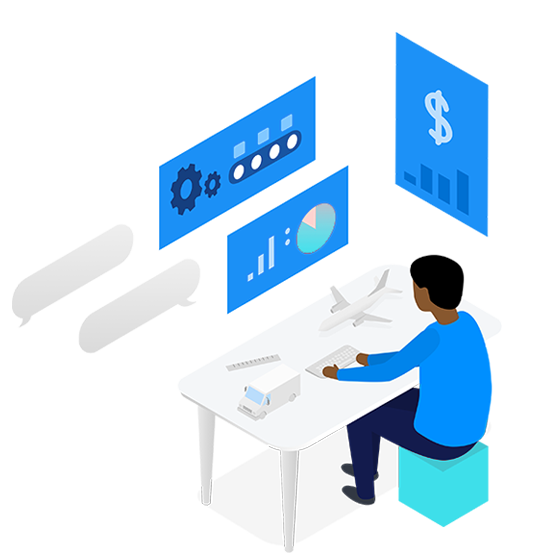
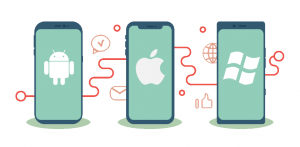

Hybrid apps for all platforms
altogether with Xamarin, React Native,
Ionic, Angular Mobile Sencha Touchetc.

Web apps as responsive versions of
website to work on any mobile device.
Native apps are particularly designed for any specific platform or device. Every app is operating system specific, we can say that we can’t use iOS app on any other operating system such as Android. So we need to design apps for such system specifically and separately.
Native apps provide with improved and diverse faculties which no other app can provide. Every native app is present at their respective platforms i.e. iOS app is available on apple store and android app on google play store. Native apps always reach to the person of interest through app stores.
Native apps are expensive than other apps because of the fact native application is develope separately for each operating system. They not only require discrete support but also maintenance for various other types of apps, consequently, more expensive than usual apps.
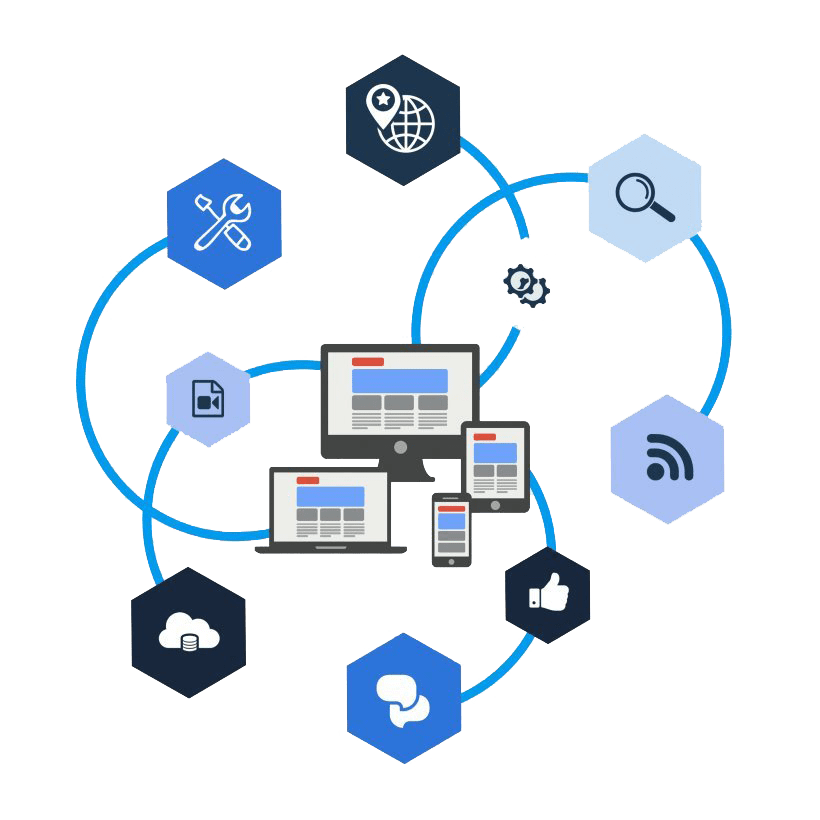
Developmental cost is usually higher because app is developed separately for different operating systems.
Native platform coding has admittance to any device’s API. We have teams that are expert in any kind of development.
Coding for one platform is not usually same for other operating systems.
Maintenance of app will be higher as per demands of any operating system.
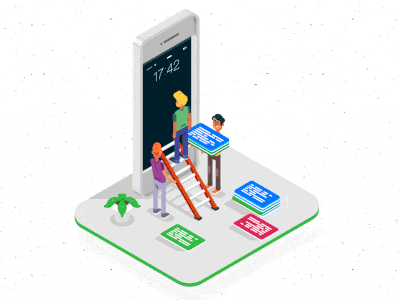
As name suggests hybrid apps are develope for multiple platform web technologies such as HTML5, CSS and Javascript. Supposed hybrid apps are actually website applications veiled in a native veil. Hybrid apps are disguis native apps. Web mobile applications and native apps have their own advantages and disadvantages.
Hybrid apps are design on single code base for all platforms so designing and architecting such apps is fast and easy-to-develop, low cost maintenance and even updates. Gyroscope, Geo-location and accelerometer are obtainable that are widely preferred APIs.
Cons of hybrid applications are they are not only drab in performance but also overall working speed is quite slow as compared to the NATIVE APPS. Making a particular app to look same on all operating system is impossible so there is always an architecture issue.
Date for web apps are stored in online headquarters. Internet connection is necessary to access information.
Our skillful team designs these hybrid apps. Growth cost of web apps is expensive as compared to development of native apps.
Web apps are not effective in every operating systems. So, functionalities are limited.
Web Apps are analogous to Native applications. Web apps use a browser to operate and code is mostly written in HTML5, JavaScript or CSS. These apps are access with URL that is only save as a bookmark in a page.
These apps need minimal storage to save the URLs. Access to URL is pivot if user wants to acquire admittance to personal record saved on a server, provided if internet connection is available. Poor internet connection results in poor web surfing generally causing a bad user feedback.
Cost is quite less because single code is base of web apps.
Single code is used for development.
Browser work and network connection is linked, any disturbance in network connection will affect performance.
Only 14% users spend on web applications and other applications.
Monetization is offered through subscription and ads.
User can use limited device APIs.
The cost of app development can vary significantly based on several factors including the complexity of the app, its features, the platform(s) it’s built for, design requirements, development time, and ongoing maintenance. Generally, simple apps may cost anywhere from a few thousand dollars, while more complex ones can reach tens or hundreds of thousands of dollars. It’s essential to discuss specific project requirements with a development team to get an accurate cost estimate.
In app development, security measures are crucial to protect user data and ensure the integrity of the application. We implement various security measures, including data encryption to safeguard sensitive information, secure authentication mechanisms like multi-factor authentication, regular security audits and code reviews, implementing secure coding practices to prevent vulnerabilities such as SQL injection and cross-site scripting, and staying updated with security patches and updates. Additionally, we adhere to industry-standard security protocols such as HTTPS for secure data transmission and implement robust access controls to limit unauthorized access to app resources.
App development involves several key steps:
Planning and Research: Define the app’s purpose, target audience, and features. Conduct market research to understand user needs and preferences.
Design: Create wireframes and design prototypes to visualize the app’s layout, navigation, and user interface.
Development: Write code to build the app’s functionality based on the approved design. This includes front-end development for the user interface and back-end development for server-side logic and data storage.
Testing: Conduct rigorous testing to identify and fix bugs, ensure compatibility across devices and operating systems, and optimize performance.
Deployment: Prepare the app for release by configuring servers, setting up databases, and integrating with app stores or distribution platforms.
Launch: Release the app to the public through app stores or other distribution channels. This may involve marketing and promotion to attract users.
Maintenance: Continuously monitor the app for issues, release updates to improve functionality and address user feedback, and ensure compatibility with new devices and operating system versions.
By following these steps, app developers can create high-quality apps that meet user needs and provide a seamless user experience.








